Presented by Toyota, Barrio Movement tells the story of how Mexican Americans on the East side of Austin, Texas, are coming together to preserve their communities. This begins with their mission to safeguard those venues in their neighborhood that serve as a place where people can gather together in a safe way and celebrate their cultural traditions.
Led by Peligrosa, a local music collective that celebrates Latin music subgenres, the message of Barrio Movement is spread across the city, state and nation by these musicians whose resilient spirit and drive are keeping their identity strong.
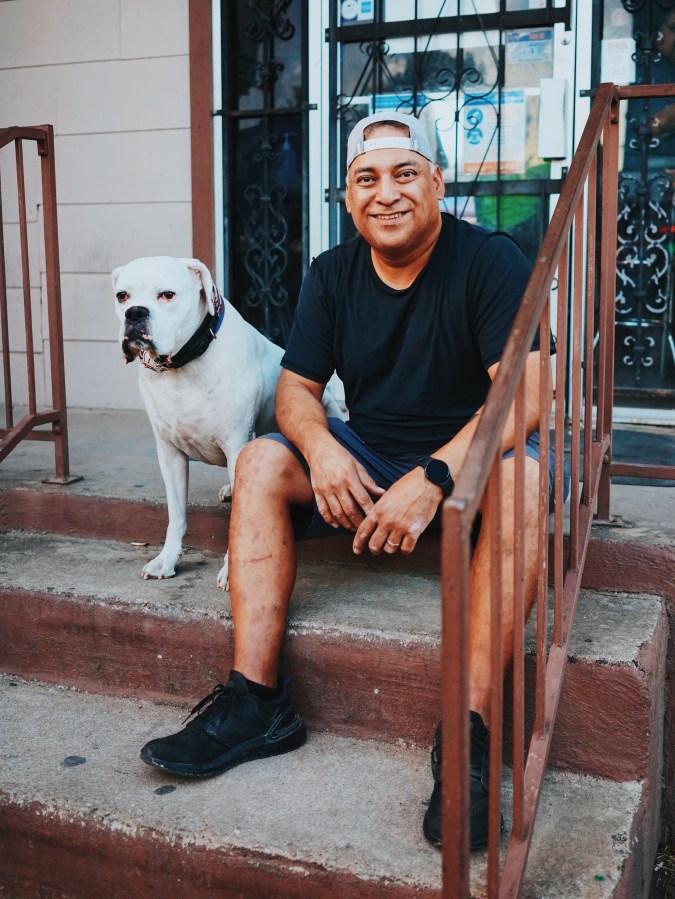
“What makes East Austin interesting is that you can add a new building to it, but you can’t take away its history,” said Peligrosa founder Orión García.
According to The Uprooted Project, a 2018 report by researchers at the University of Texas at Austin, a wave of gentrification in combination with rising housing costs has caused the “destabilization of existing communities … and sense of place for Austin.”
Peligrosa members like García, Págame, Manolo Black, Su$$y and King Louie are making it their mission to show people how important longstanding businesses are in the community. From botánicas to restaurants to a historic Tejano cantina, Peligrosa wants everyone to know that despite the challenges, these cultural pillars are durable.
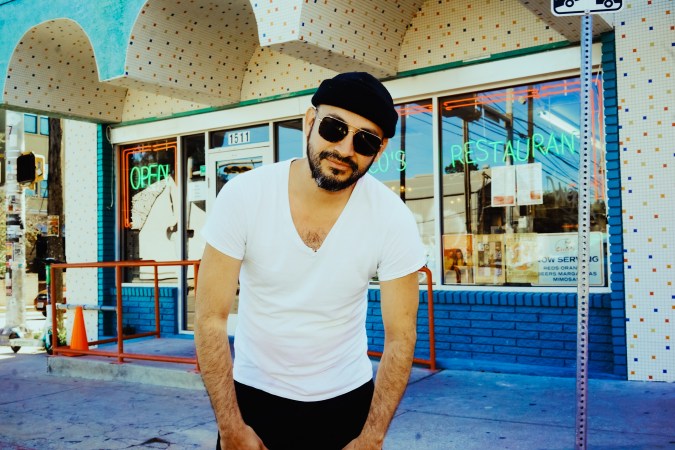
Through Barrio Movement, Peligrosa members visited some of East Austin’s mainstays, including the Hillside Theater at Pan Am Park, which is home to the longest-running outdoor concert series in Austin, and Cisco’s, the city’s oldest Tex Mex restaurant.
“Cisco’s is like old East Austin vibes, but you still see people from the neighborhood coming in,” García said.
Another business Peligrosa members visited was Green & White Grocery, an old-school botanica that has been around since the 1930s. Owner John Cazares Jr. has been selling spiritual goods there since 1996. “We still have some of our customers that shopped here when we were a grocery store,” Cazares said. “There are still people that have been here that long. You develop a community. Customers appreciate having a place to shop.”
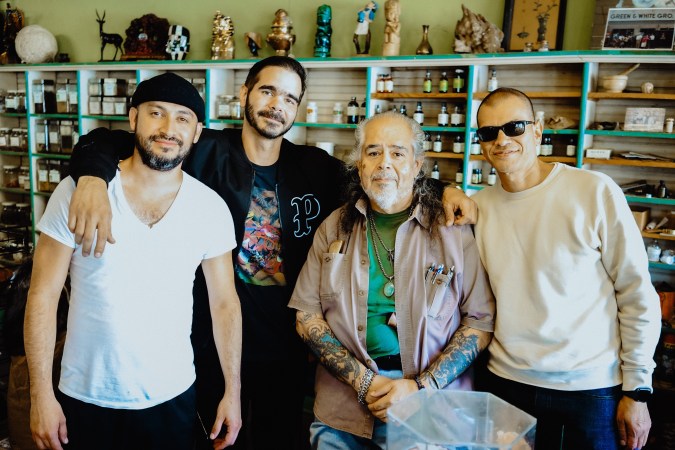
García said the first time he went into the botanica, he felt very welcome and at home. “I picked up some palo santo [and] some cinnamon incense,” he said. “I have nothing but respect for [Cazares], his business and his willingness to continue to do what he enjoys.”
Peligrosa members also headed down to La Perla, one of the last Tejano cantinas in Austin that has been around since the 1940s. “La Perla has a jukebox that has conjunto and Tejano and cumbias,” García said. “The music represents a lot of what we talk about musically in Texas and this cross-border exchange.”
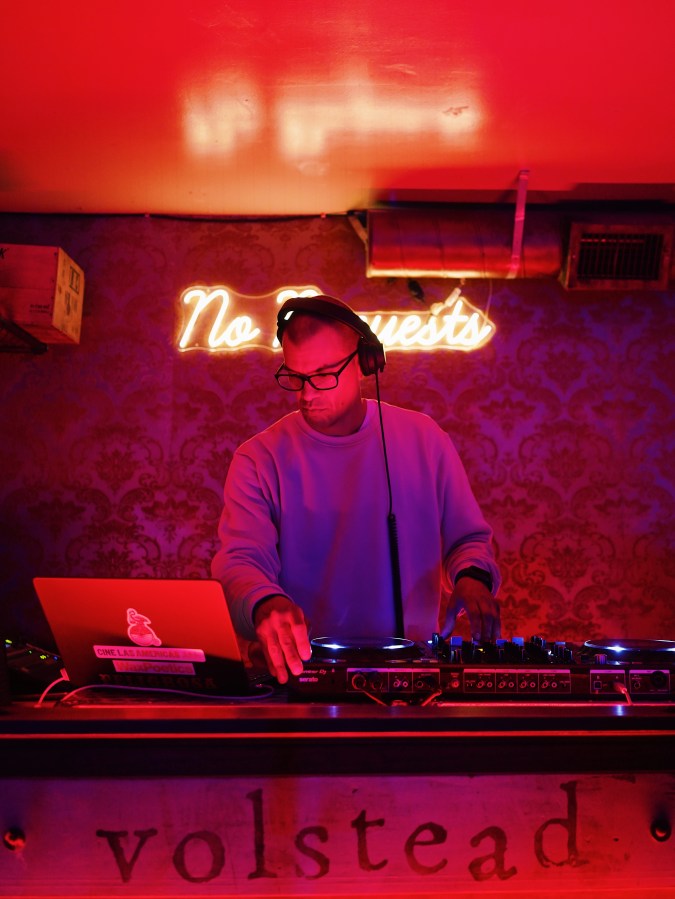
Along with preserving Latine history in East Austin, it’s the music that drives García and his crew. They like to perform at Volstead Lounge, which used to be a Mexican cantina. Several members of Peligrosa hold residencies at the venue.
“[Volstead Lounge] allows us to have a space to continue these conversations,” García said. “The sound of Peligrosa is an amalgamation of different diasporas. [We] contextualize it in a way that is club-friendly and fun to dance to.”
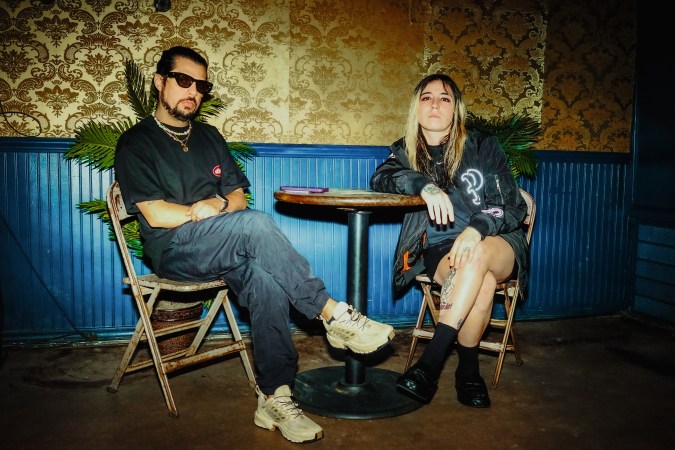
If it were up to Peligrosa, places like Volstead, Hillside Theater, Green & White Grocery and La Perla will be around for generations to come. Together, they represent what the East side of Austin is all about – diversity, character and deeply-rooted alliances with neighbors.





